The Mediterranean island of Cyprus is steeped in ancient history and mythology on the one side, but an up-and-coming modern economy on the other, which has embraced Atterbury Europe’s developments in the capital of Nicosia at the Mall of Engomi and the Mall of Cyprus. For the traveller, the island offers a wonderful array of sights and activities whatever the season – time to book your ticket!
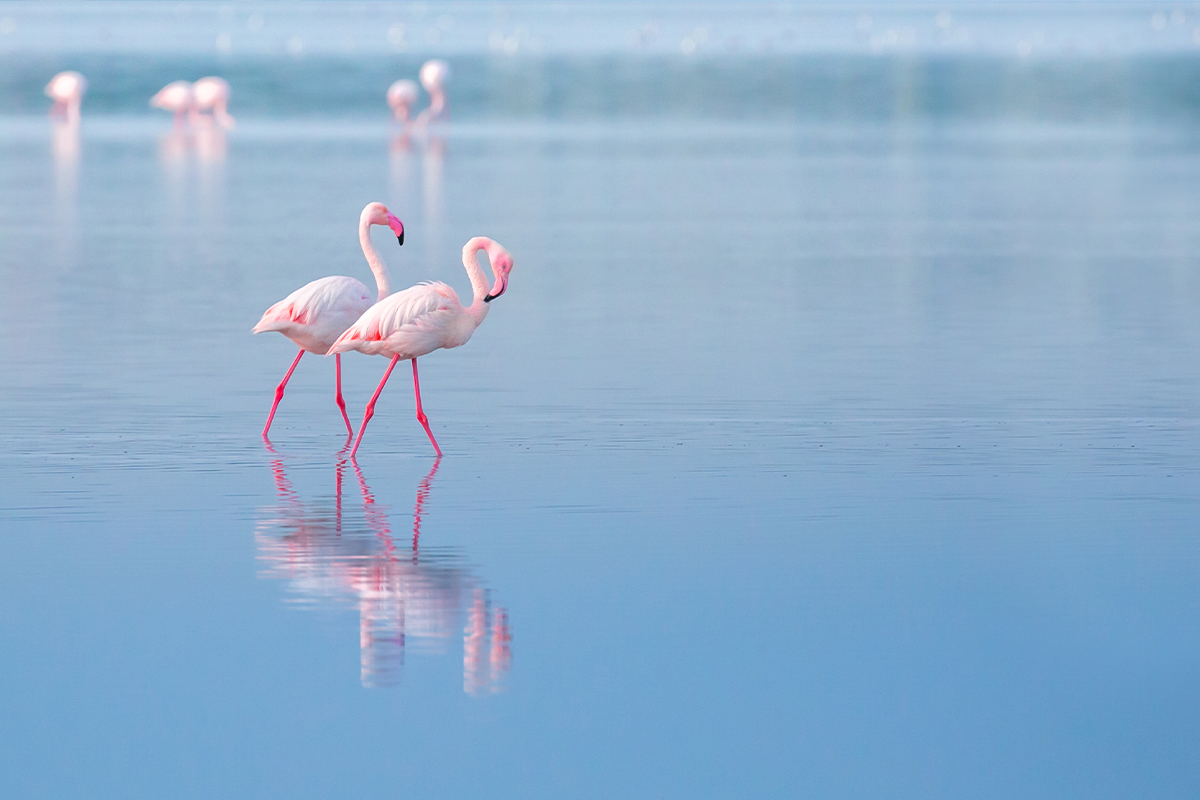
1 Salt lakes and pink birds. Larnaca Salt Lake, a few kilometres from the Larnaca International Airport, is a network of four salt lakes that used to be a natural harbour back in the Bronze Age. A host of migrating bird species come here to feed on the brine shrimp that dwell in the salty waters. In the hot and dry summers the water evaporates, leaving a white expanse of salt, which used to be harvested for export. But during winter, the lakes attract flocks of birds, including flamingos, whose long-legged poses in the water make for amazing photos. The nature trail around the lake is popular with joggers and walkers.
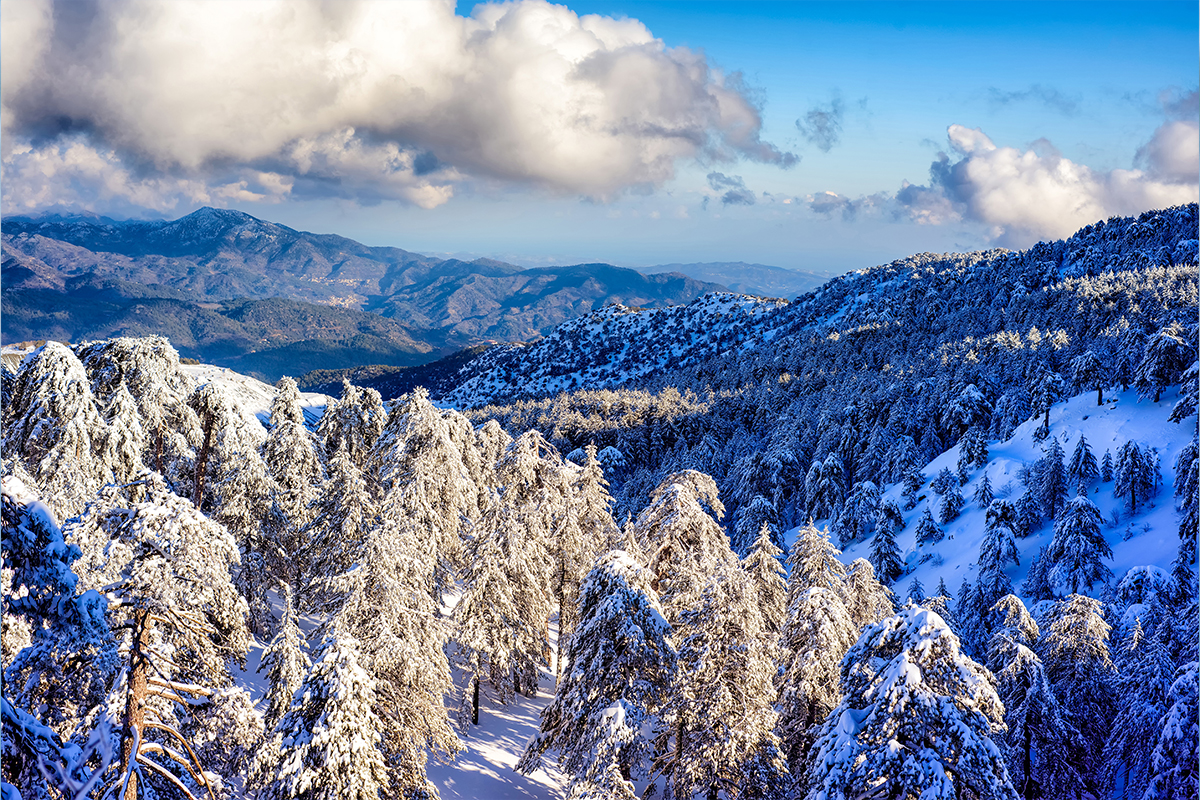
2 Ski the slopes. The imposing Troodos Mountains along the western side of the island rise up to over 1 900 metres, with Mount Olympus as its highest peak. The slopes get blanketed in snow during winter, offering powdery skiing and snowboarding under the blue Mediterranean skies. The Cyprus Ski Club operates the most southerly ski lifts in Europe from Mount Olympus, and offers all the equipment a visitor might need to take to the slopes for a few days.

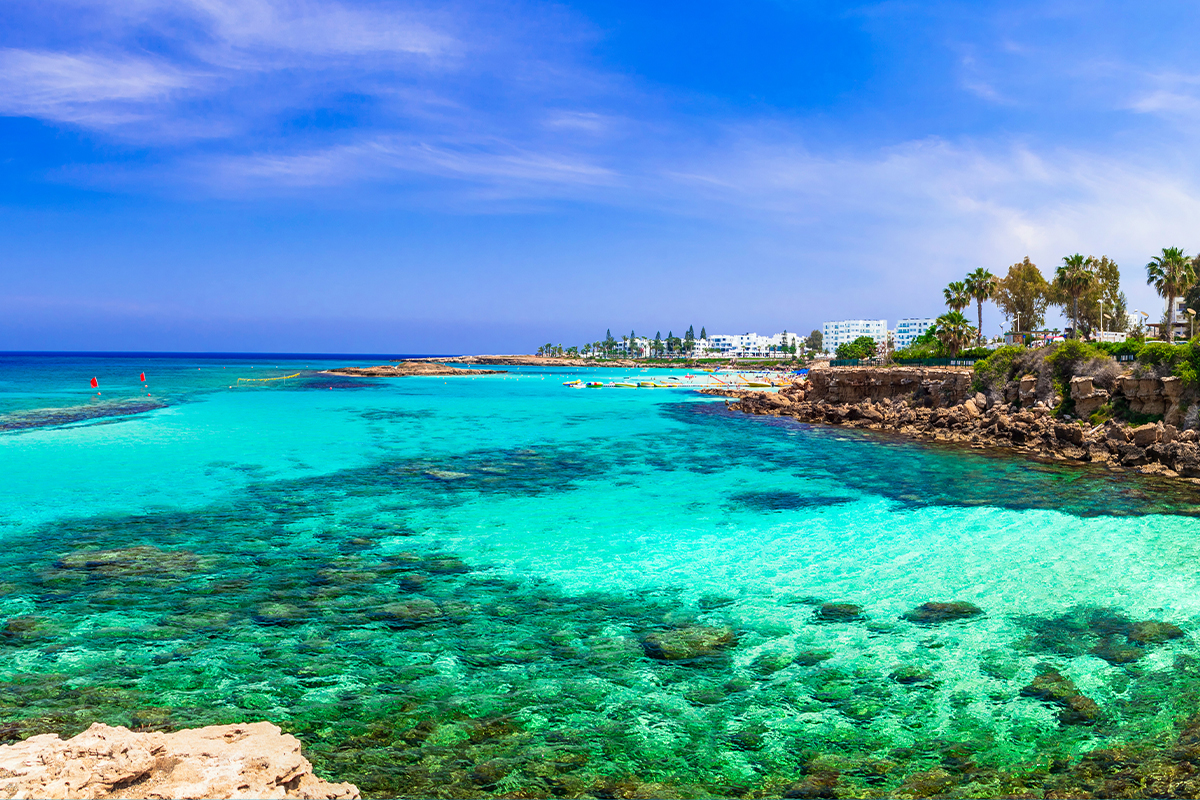
3 The ultimate beach holiday. Cyprus boasts world-class beaches that will seduce you with crystal-clear, calm, warm aquamarine water, soft white sand, and plenty of watersports. Make sure you visit Nissi Beach in Ayia Napa, Fig Tree Bay in Protaras and of course Aphrodite’s Beach between Paphos and Limassol, where according to local legend the Greek goddess of love, Aphrodite first came out of the sea.
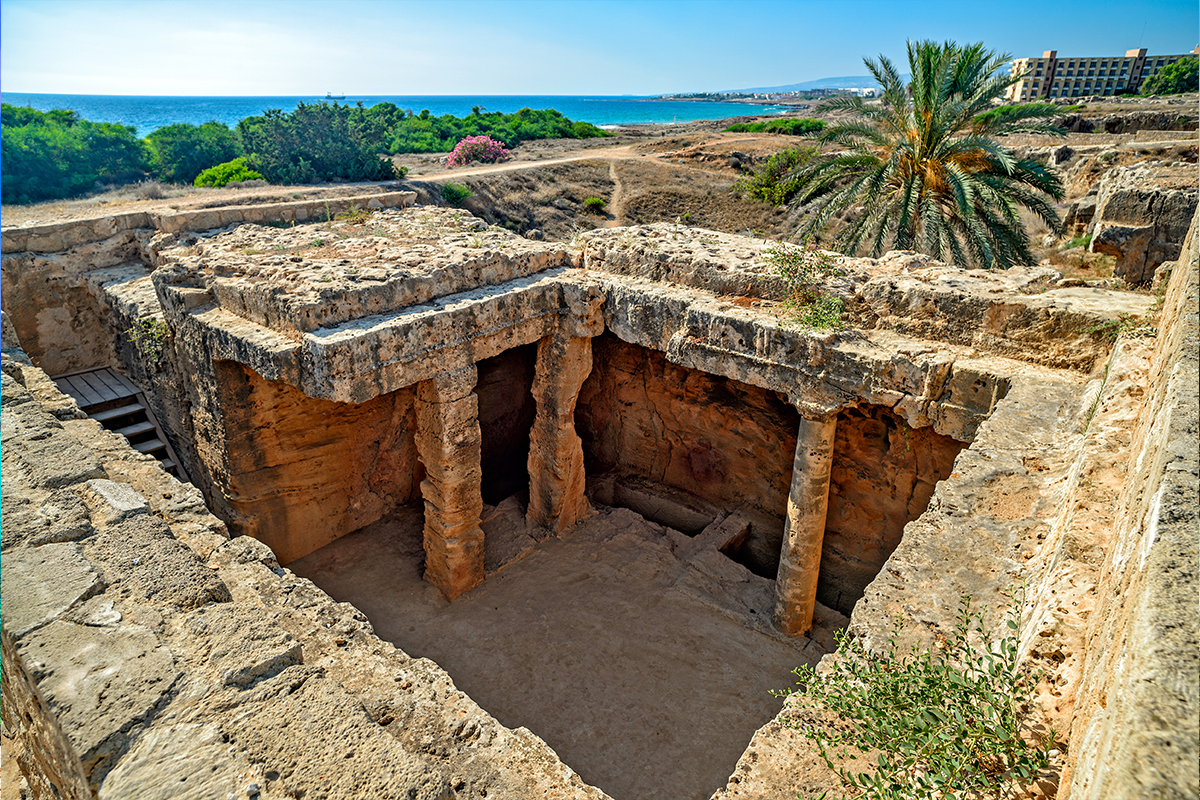
4 Explore ancient history. Go full Indiana Jones and explore the antiquities and archaeological sites of Cyprus that date back as far as the Neolithic Age, which was 8 200 – 3 900 BC. In Paphos, which is a Unesco World Heritage Site in its entirety (it was named the European Capital of Culture in 2017), you can visit the baths of Aphrodite, the ancient amphitheatre and the Tombs of the Kings necropolis. In Limassol you can visit the ruins of the ancient city of Amathous with its temple to the goddess Aphrodite, several tombs, public baths, and the modern Limassol Archaeological Museum where the ancient artefacts from these sites are on display.
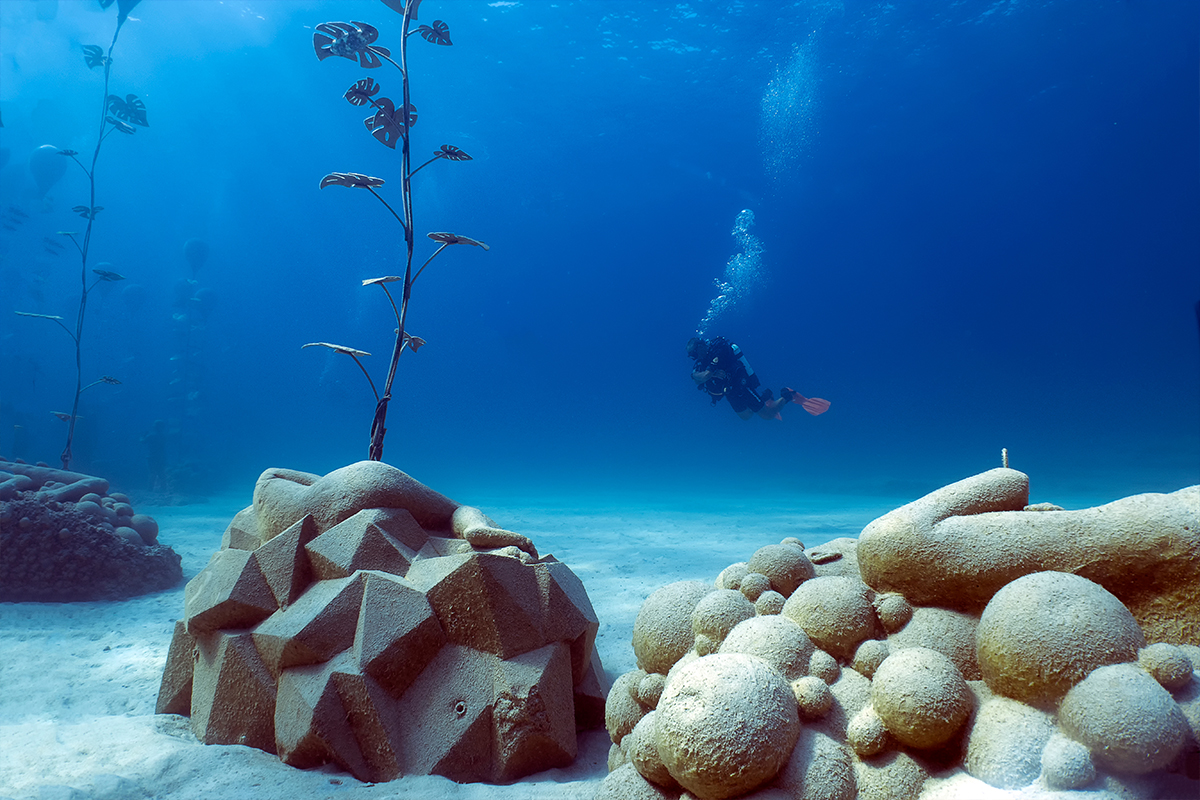
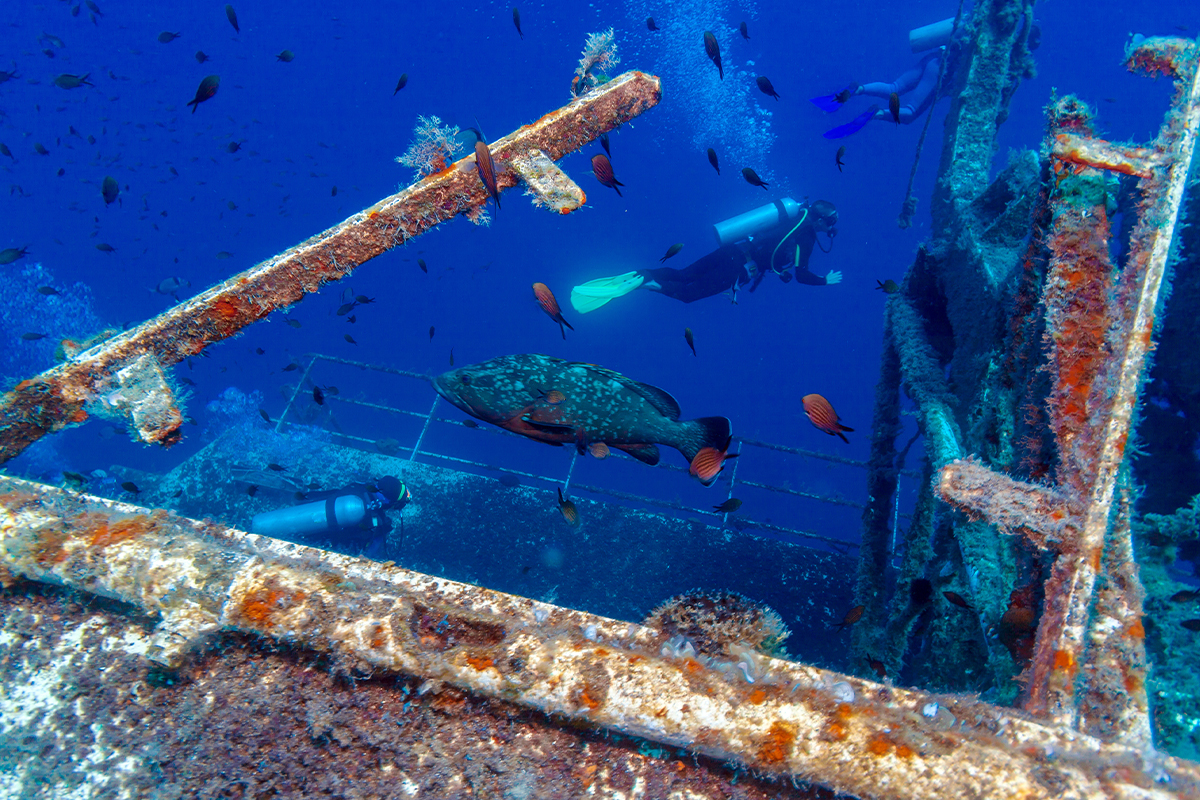
5 Sink into the big blue. The crystal-clear sea around Cyprus offers excellent diving experiences. Near Nissi beach, just 10 metres under the surface, you can visit Musan, the Underwater Forest, a magical underwater museum with 90 sculptures by renowned British sculptor Jason Decaires Taylor, whose sculptures also serve to rehabilitate decimated coral reefs. If wreck diving excites you, the shipwreck of the Zenobia near Larnaca is one of the most famous dive sites in the Mediterranean – the Zenobia was a Swedish cargo ship that sank on its first trip, in 1980, and lies about 43 metres below the surface, for you to explore. For experienced divers the Jubilee Shoals site near Pissouri offers a great reef dive through an underwater cave, among a huge array of sea creatures.
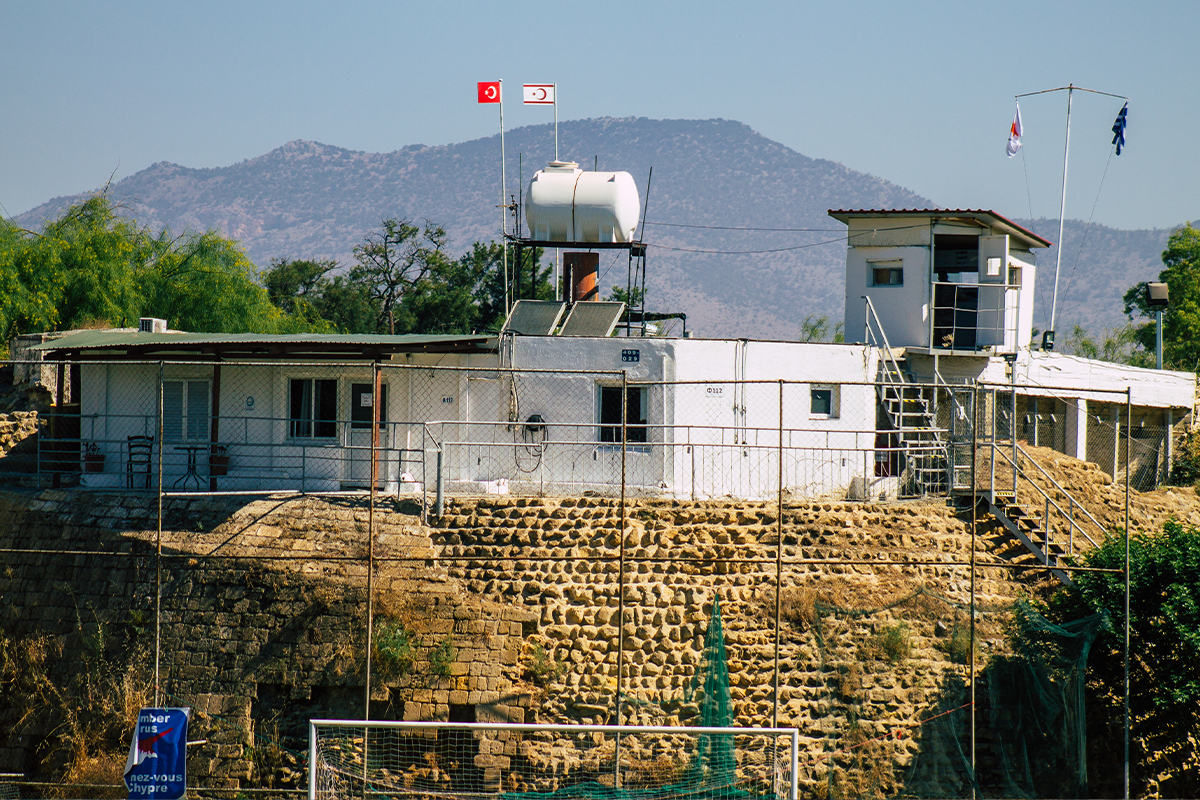
6 Visit no-man’s land. The “Green Line” is a United Nations-controlled demilitarised buffer zone that runs right through the island, including the capital Nicosia, cutting the island in two with the ethnic Greek Cypriots to the north and ethnic Turkish Cypriots to the south. It was established in 1974 after the ceasefire that followed on Turkey’s invasion of Cyprus, and makes Nicosia the only capital city in Europe that is ruled by two different states. Outside of Nicosia there are entire villages inside the buffer zone that have remained inhabited, but in the capital, it is mostly a no-man’s land behind high walls and barricades. Nature has reclaimed many of the abandoned structures in the absence of human activity. Walking tours alongside the zone afford good views of abandoned streets and houses, or intrepid explorers may even apply for a permit to pay a visit inside, an experience that is sometimes granted for academic, artistic or other purposes: https://unficyp.unmissions.org/buffer-zone-permits
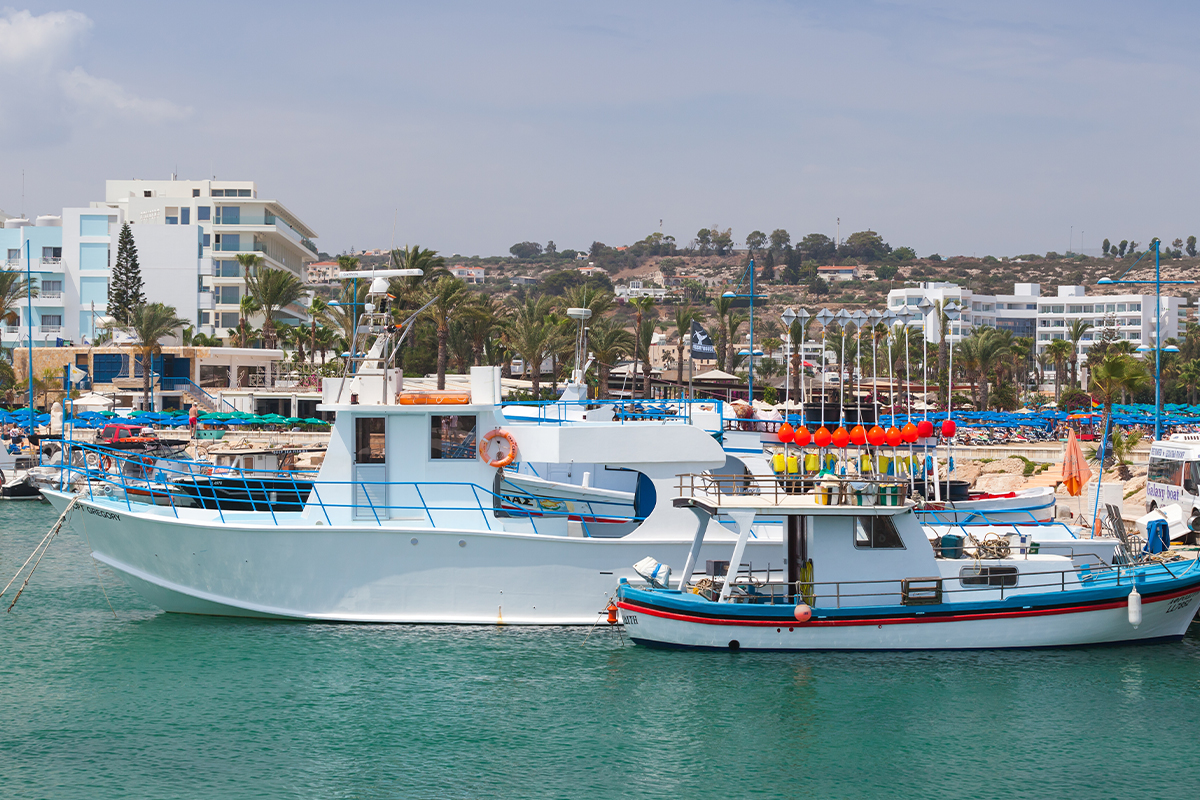
7 Go sailing. There are few things that say summer better than sailing on the bluest waters you can find, stopping to jump off the boat to swim and snorkel in secluded coves. Yachts and day-trip boats can be seen dotting the waters of Cyprus during summer and you can access these for short cruises along the coast, to reach spots that are inaccessible by land. Try any of the harbours or marinas, at Paphos, Latchi, Larnaca, Ayia Napa and the latest one at Limassol – some of the busier beaches, such as those around Ayia Napa, also offer small boats that you can hire for the day.
For more information on tourism in Cyprus, go to www.visitcyprus.com.

